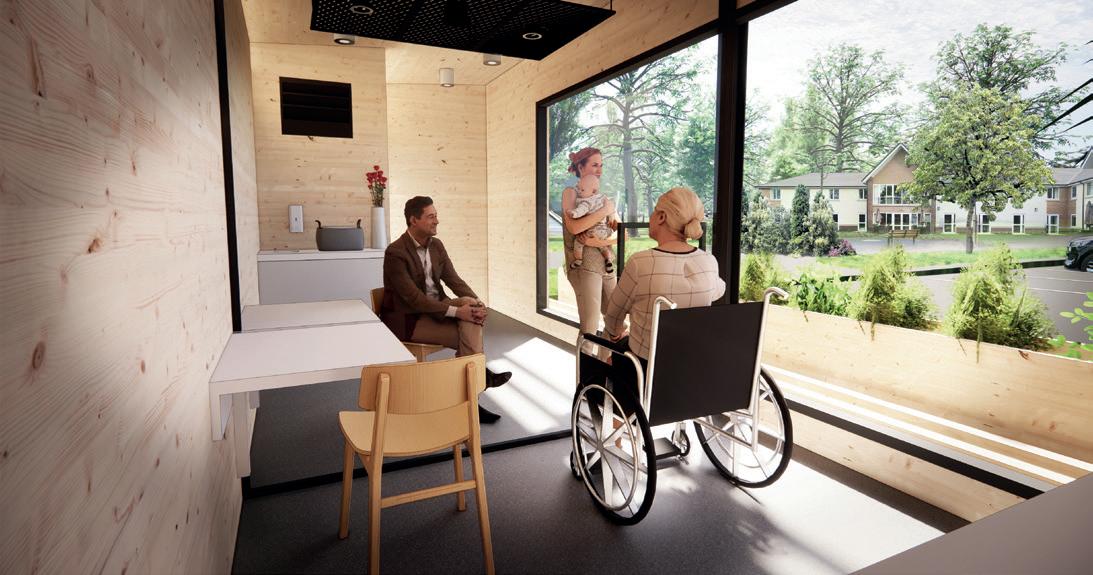GLASS & GLAZING
A CLEAR ROUTE TO SUSTAINABLE CONSTRUCTION Last month, the UK Government announced its plans to encourage the nation to “build, build, build” as part of its efforts to kick-start the UK economy post-coronavirus. While there is much to be admired in this sentiment, we must not lose sight of other important issues the construction and building product manufacturing sectors need to address, particularly around sustainability. PEREGA CLEAR STRUCTURES
B
uilt environment professionals from the independent builder and selfemployed architect, to the largest contractor and global practice will be acutely aware that the clock is everticking down to 2050. By this time the industry needs to have achieved net-zero carbon status. In spite of some of the encouraging steps taken in the right direction, from adopting more circular design methods, to tentatively embracing digital construction technology, increasing efficiency and reducing waste, we are still some way off achieving this scenario. This gradual drive towards carbon neutrality has also encouraged us to reappraise the materials we use in construction and how we specify them. One of these is structural glass. The last decade has seen a number of innovations in glazing products and advancements in construction methods, meaning you can improve a building’s carbon footprint through strategically placed glazing. Here, Joe Thornton, Engineer at Perega Clear Structures, looks at some of the solutions and new thinking which are helping to deliver a greener built environment.
New light through old windows Retrofitting windows is a cost-effective and rapid way to significantly improve the sustainability of a building. Replacing the windows and facade elements of existing building stock with modern and new technologies, especially in older FC&A – AUGUST – 2020
28
buildings, can make significant improvements to the structure’s energy efficiency, reducing consumption and CO 2 emissions. One emerging example is smart glass technology, which allows the windows to adapt to fluctuating weather conditions. This could include the ability to darken in response to the sun’s rays, or to intuitively adjust its light transmissions properties as the air temperature fluctuates. Pilkington UK recently put together a wide-ranging report on the future of glass in commercial buildings, where they explored these innovations in detail. For one contributor, Architect Ian Ritchie, the green potential of these new systems are significant, saying that smart glass will deliver “a stable, comfortable environment for occupants without automatic recourse to expensive heating and air conditioning.” As these latter two activities account for the substantial majority of a building’s emissions, this technology could significantly help reduce the carbon footprint.











